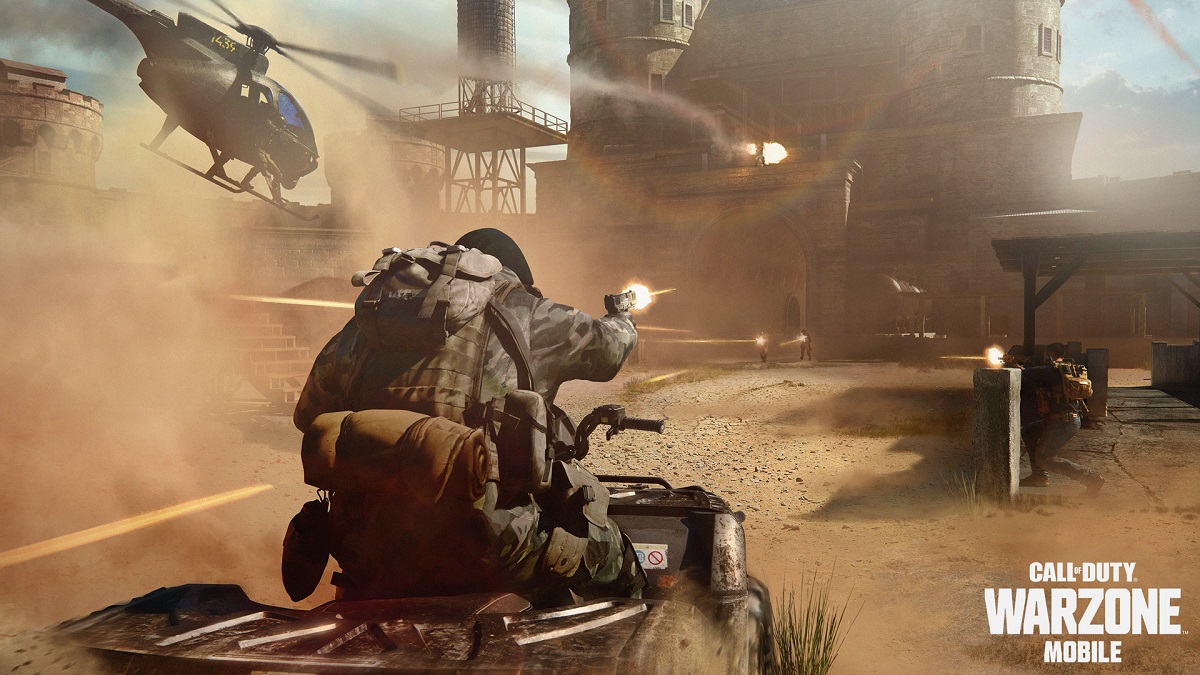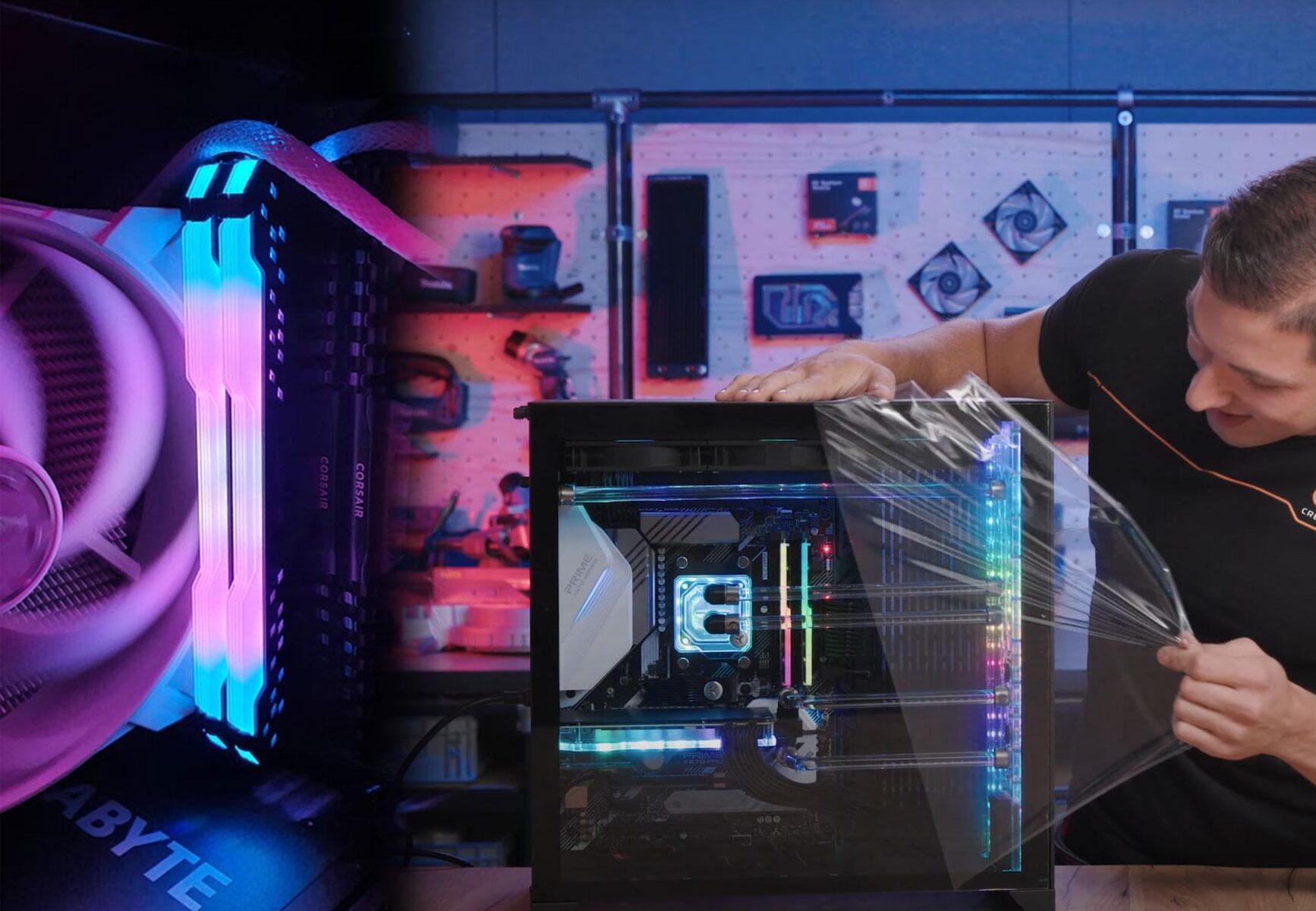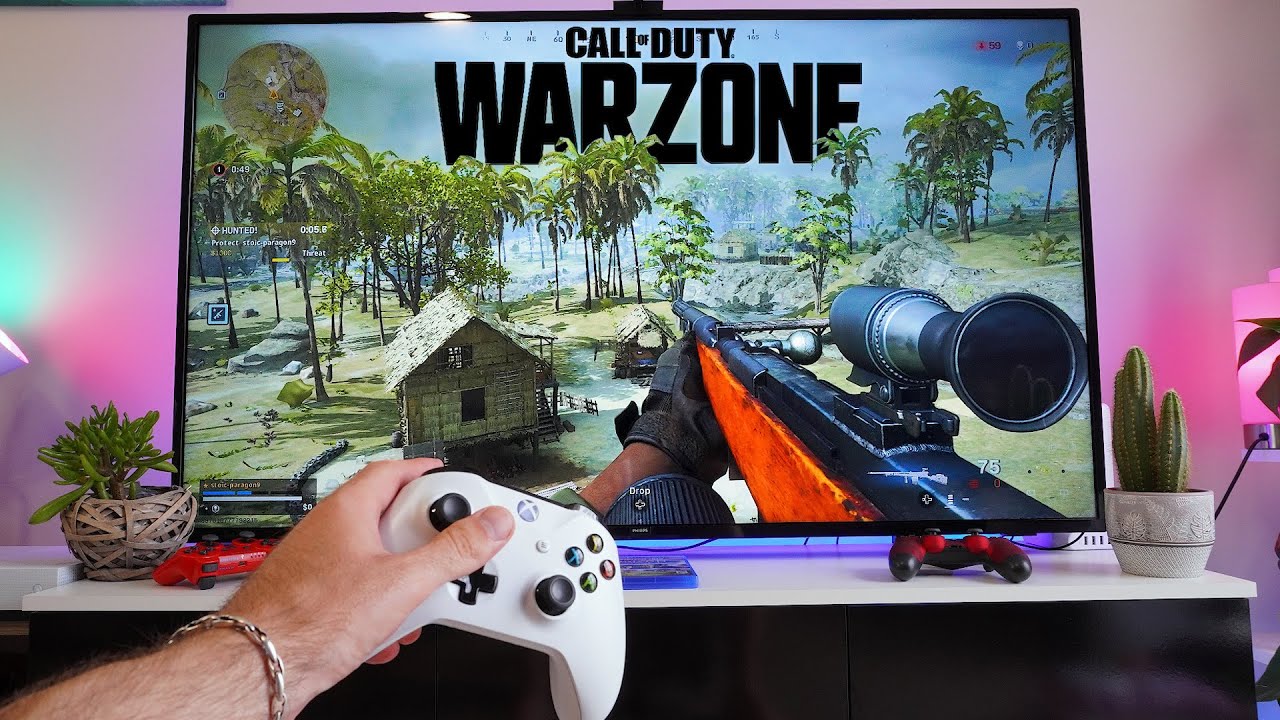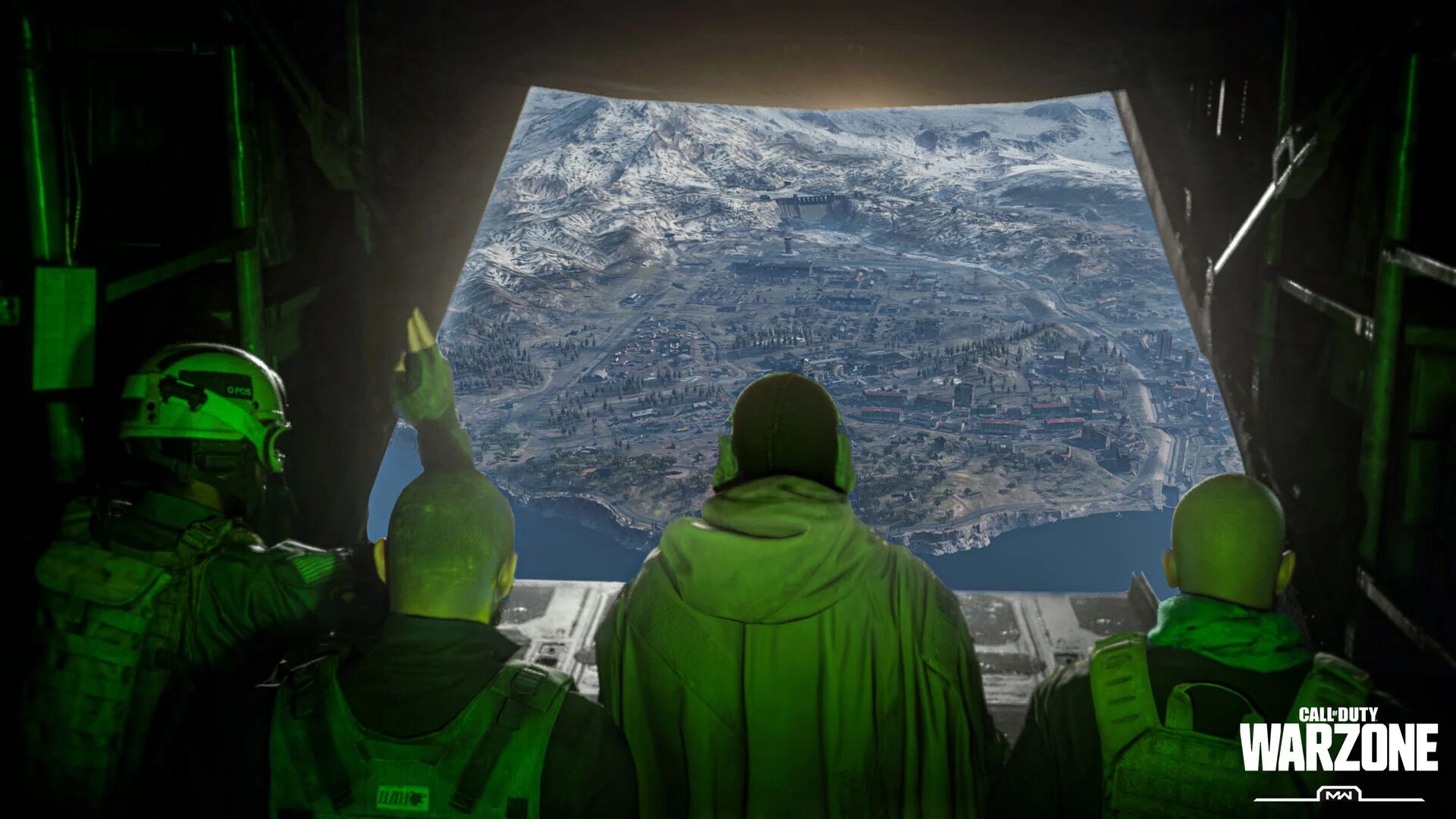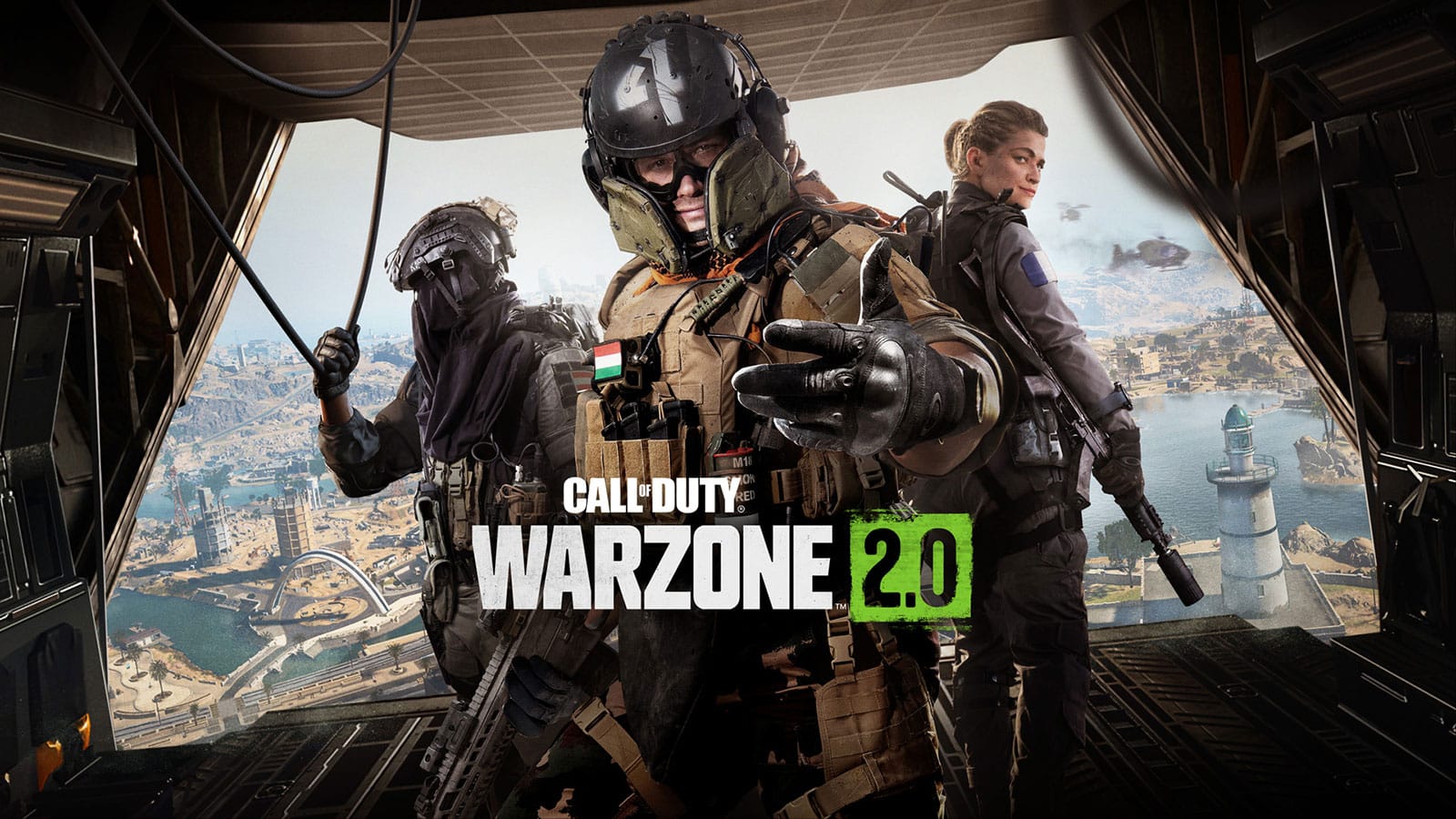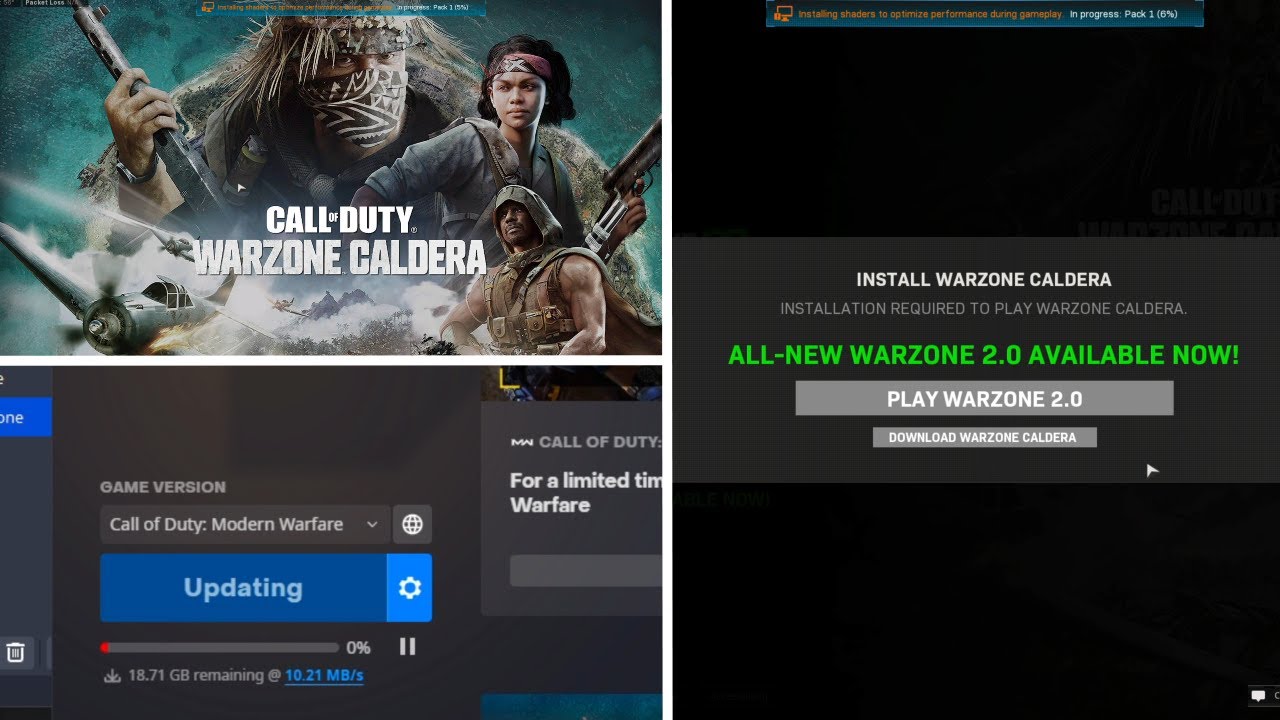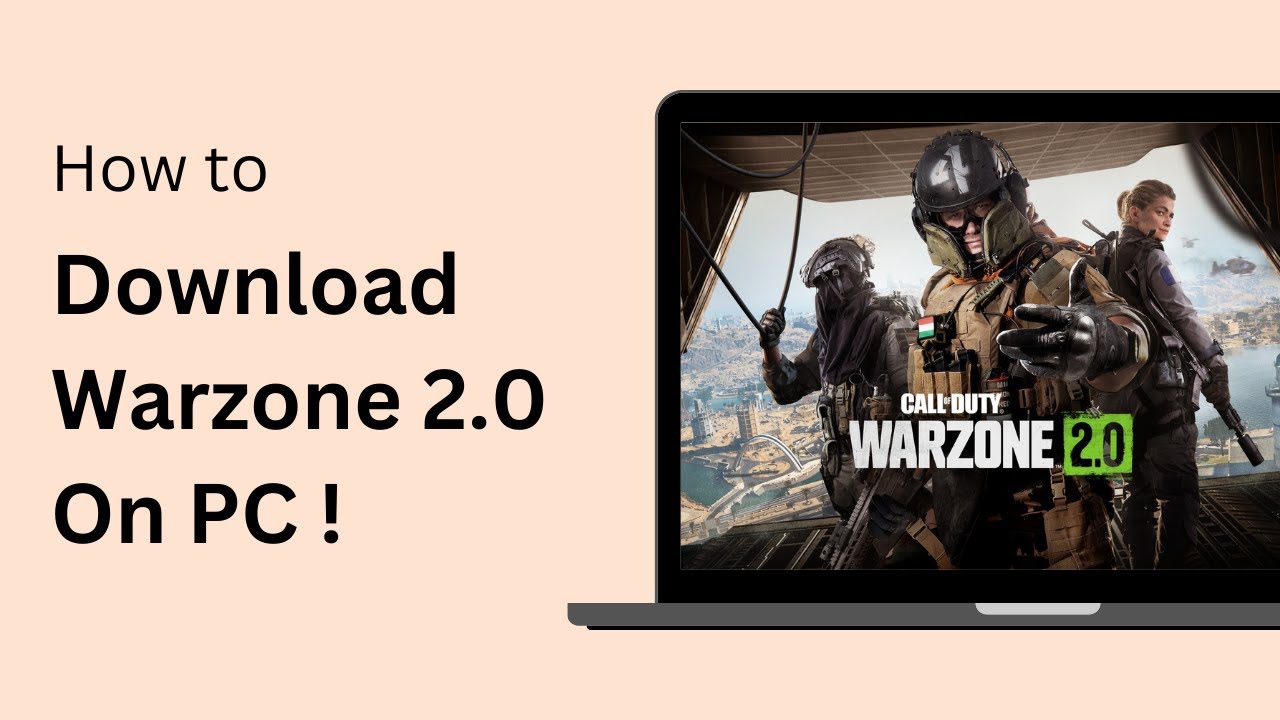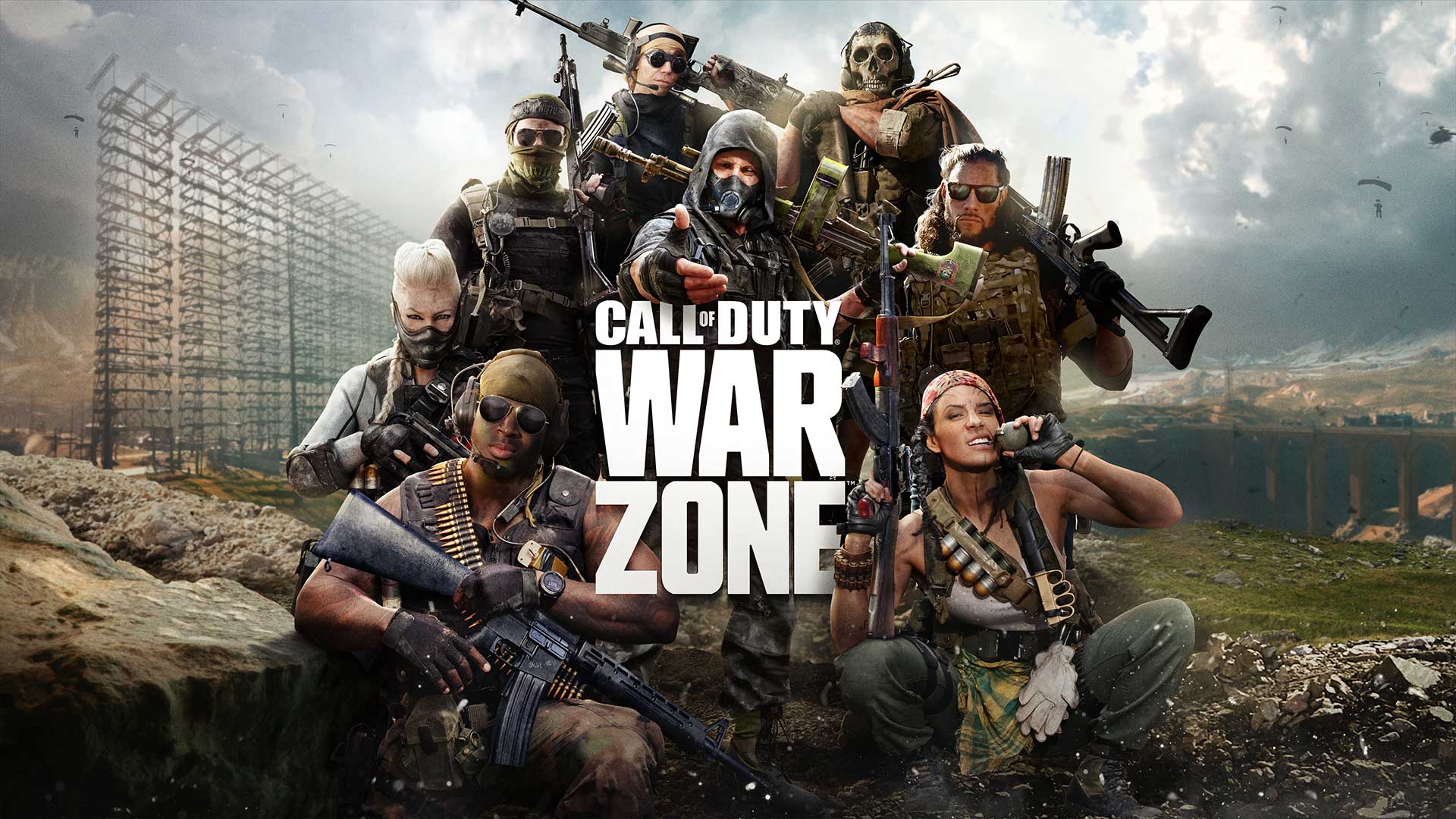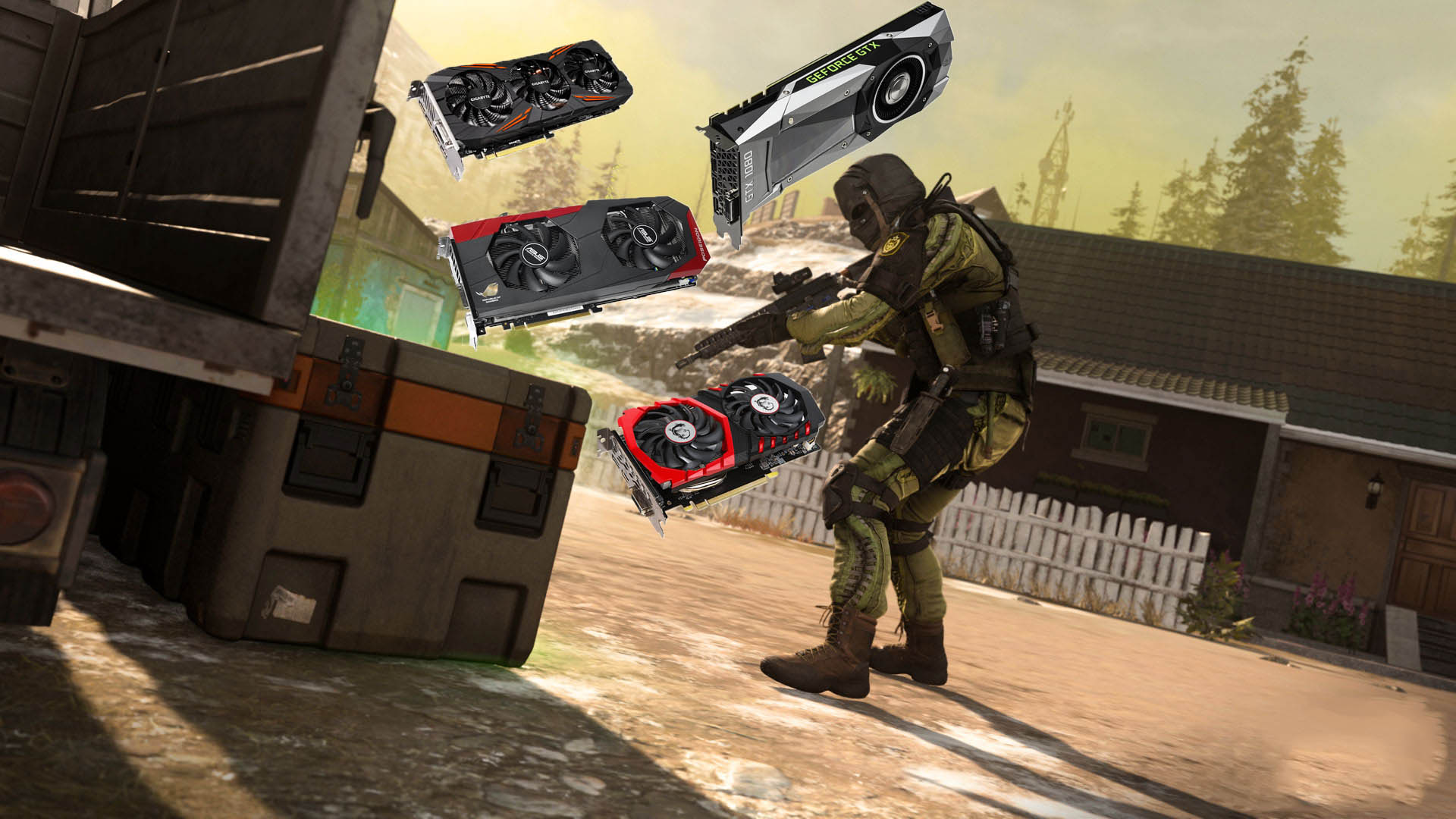Introduction
Warzone, the popular battle royale game developed by Infinity Ward and published by Activision, has taken the gaming world by storm. Featuring intense gameplay, stunning visuals, and a massive open world, Warzone offers an immersive experience for players around the globe. However, to fully enjoy the game and ensure smooth gameplay, it’s crucial to have a system that meets the game’s requirements, including RAM (Random Access Memory) capacity.
RAM plays a vital role in gaming performance, acting as a temporary storage space for data that the CPU (Central Processing Unit) needs to access quickly. When it comes to Warzone, the right amount of RAM can significantly impact how the game runs on your system.
In this article, we will delve into the importance of RAM for Warzone and explore the optimal RAM size needed to ensure a seamless gaming experience. Whether you’re a casual player looking to improve your performance or a serious gamer aiming for the highest settings, understanding the influence of RAM on Warzone will help you make informed decisions when upgrading or purchasing a new system.
We will first examine the minimum and recommended system requirements for Warzone, providing a baseline for understanding the importance of RAM. Then, we will discuss how RAM affects Warzone’s performance and why having the right amount of RAM is crucial. Additionally, we will explore overclocking RAM for enhanced performance and provide tips for managing RAM usage.
So, if you’re ready to optimize your Warzone experience by ensuring your system has the right amount of RAM, let’s dive in!
Minimum System Requirements
Before diving into the details of RAM requirements for Warzone, let’s first take a look at the minimum system requirements set by the developers. These specifications serve as a baseline for running the game, but keep in mind that meeting only the minimum requirements may result in lower graphics settings and less than optimal performance.
According to Activision, the minimum system requirements for Warzone are as follows:
- Operating System: Windows 10 64-bit
- Processor: Intel Core i3-4340 or AMD FX-6300
- RAM: 8GB
- Graphics Card: NVIDIA GeForce GTX 670 / GeForce GTX 1650 or AMD Radeon HD 7950
- DirectX: Version 12
- Storage: 175GB of available hard drive space
These requirements ensure that the game can run on your system, but it’s important to note that they do not guarantee smooth gameplay or exceptional graphics quality. Meeting only the minimum RAM requirement of 8GB may result in slower loading times, occasional lag, and overall performance issues.
While the minimum requirements are suitable for entry-level systems or those on a budget, it is recommended to aim for higher specifications to fully enjoy Warzone’s immersive gameplay and graphics.
Let’s now move on to the recommended system requirements, which provide a better indication of the ideal hardware for a smoother Warzone experience.
Recommended System Requirements
If you want to fully immerse yourself in the intense world of Warzone, meeting the recommended system requirements is crucial. These specifications ensure that you can enjoy the game at higher graphics settings, with smoother performance and minimal lag.
According to Activision, the recommended system requirements for Warzone are as follows:
- Operating System: Windows 10 64-bit
- Processor: Intel Core i5-2500K or AMD Ryzen R5 1600X
- RAM: 12GB
- Graphics Card: NVIDIA GeForce GTX 970 / GTX 1660 or AMD Radeon R9 390 / RX 580
- DirectX: Version 12
- Storage: 175GB of available hard drive space
It’s important to note that the recommended system requirements specify a RAM capacity of 12GB. This is an upgrade from the minimum requirement of 8GB and reflects the need for additional memory to handle the game’s demands. With 12GB of RAM, you can expect smoother gameplay, faster loading times, and improved overall performance.
Having a higher-end processor, such as the Intel Core i5-2500K or AMD Ryzen R5 1600X, also contributes to a better gaming experience. These processors provide the necessary power to handle the game’s demanding graphics and processing requirements.
In addition, the recommended graphics cards, such as the NVIDIA GeForce GTX 970 or GTX 1660, offer better visual quality and smoother frame rates. They allow you to enjoy Warzone with higher graphic settings, resulting in a more immersive and visually stunning experience.
While meeting the minimum system requirements may enable you to run Warzone, investing in hardware that meets or exceeds the recommended specifications will ensure that you can fully appreciate the game’s capabilities and immerse yourself in its thrilling battles.
Now that we have established the minimum and recommended system requirements for Warzone, let’s explore how RAM affects the game’s performance and why having the right amount of RAM is crucial.
How RAM Affects Warzone Performance
When it comes to gaming performance, RAM plays a crucial role, and Warzone is no exception. RAM acts as a temporary storage space for data that the CPU needs to access quickly. In the case of Warzone, having an adequate amount of RAM can significantly impact how the game runs on your system.
When you launch Warzone, the game’s files and assets are loaded into the RAM for quick access by the CPU. This includes textures, models, audio files, and more. The more RAM you have, the more data can be stored in it, resulting in faster access times and smoother gameplay.
Insufficient RAM can lead to various performance issues in Warzone. If the available RAM is filled up, the system will start using a portion of the hard drive known as the virtual memory. This process is known as swapping, and it can cause noticeable slowdowns and increased loading times as the system constantly swaps data between RAM and the hard drive.
When the game demands more memory than is available, it may lead to frame rate drops, stuttering, and even crashes. This can be particularly frustrating during intense moments in the game, affecting both your performance and overall experience.
Warzone is also known for its large-scale battles and expansive maps, which require a significant amount of memory to render all the details and maintain smooth gameplay. With higher RAM capacity, the game can load and render more assets, resulting in improved visual fidelity, reduced stuttering, and increased overall performance.
Furthermore, having sufficient RAM allows for multitasking while playing Warzone. Running other applications or having multiple browser tabs open in the background can eat up RAM, leaving little for the game itself. This can impact performance, causing lag or slowdowns.
Now that we understand the importance of RAM for Warzone’s performance, let’s explore the optimal RAM size needed to ensure a seamless gaming experience.
Optimal RAM Size for Warzone
When it comes to determining the optimal RAM size for running Warzone smoothly, it’s essential to strike a balance between performance and cost. While higher RAM capacities offer better performance, they also come with a higher price tag. Therefore, it’s important to consider your budget and requirements while making a decision.
Based on our analysis and various user reports, the optimal RAM size for running Warzone without any performance issues is 16GB. With 16GB of RAM, you’ll have enough memory to handle the game’s demands and run it smoothly at higher graphics settings.
This capacity allows Warzone to have sufficient resources to load, store, and access data quickly, resulting in faster loading times, smoother gameplay, and fewer frame rate drops. Additionally, 16GB of RAM provides headroom for running other applications or multitasking while playing the game.
While 8GB of RAM, which is the minimum requirement, can technically run Warzone, it may result in occasional lag, longer loading times, and suboptimal performance. On the other hand, exceeding 16GB of RAM might not yield significant improvements unless you’re running resource-intensive tasks or have a higher-end setup.
If you have the budget and desire for a more future-proof system, especially for running Warzone at its maximum potential, upgrading to 32GB of RAM can provide additional benefits. It will allow for smoother multitasking, better handling of memory-hungry applications, and potential performance improvements in more demanding games or tasks.
Ultimately, the decision comes down to your specific requirements, budget, and future gaming plans. If you primarily focus on playing Warzone and want a smooth gaming experience without breaking the bank, 16GB of RAM is the sweet spot.
Now that we have determined the optimal RAM size for Warzone, let’s explore overclocking RAM to squeeze out enhanced performance.
Overclocking RAM for Enhanced Performance
If you’re looking to squeeze out every bit of performance from your RAM while playing Warzone, overclocking can be a viable solution. Overclocking involves increasing the clock speed and timings of your RAM modules beyond their factory settings, allowing for faster data transfer and improved performance.
Before attempting to overclock your RAM, it’s important to note that this process carries some risks. Overclocking, if not done correctly or with inadequate cooling, can potentially damage your RAM modules or other components of your system. It’s important to proceed with caution and ensure proper knowledge and understanding of the process.
One way to overclock your RAM is by accessing the BIOS settings of your computer. Different motherboard manufacturers have different BIOS interfaces, so the process may vary. Typically, you’ll have options to adjust the frequency, timings, and voltage of your RAM modules.
When overclocking your RAM, start by increasing the frequency gradually. Test the stability of your system after each increase to ensure that it remains stable and doesn’t cause crashes or other issues. You can use stress testing software like MemTest86+ or AIDA64 to check for stability.
In addition to frequency, you can also fine-tune the timings of your RAM modules. Lower timings allow for faster data transfer and can result in improved performance. However, aggressively tightening the timings can also lead to instability, so it’s crucial to find the right balance between performance and stability.
It’s important to monitor the temperatures of your RAM modules during overclocking. Higher frequencies and voltages can generate more heat, potentially leading to instability or damage. Ensure that your system has proper cooling, such as adequate case airflow or additional cooling solutions like RAM heatsinks or fans.
Remember, not all RAM modules are created equal, and some may overclock better than others. It’s recommended to research your RAM model and see if other users have successfully overclocked it. This can provide you with a good starting point and a general idea of achievable frequencies and timings.
However, keep in mind that overclocking is not guaranteed to provide significant performance gains in all cases. The impact of overclocking can vary depending on various factors, including your hardware configuration, RAM quality, and the specific demands of Warzone.
Now that we’ve covered overclocking your RAM for enhanced performance, let’s discuss some tips for managing RAM usage to optimize your Warzone gameplay experience.
Tips for Managing RAM Usage
Managing RAM usage effectively is essential for ensuring optimal performance while playing Warzone. By following these tips, you can maximize the available memory and minimize any potential performance issues:
- Close Unnecessary Applications: Before launching Warzone, close any unnecessary applications running in the background. This will free up RAM for the game and prevent any conflicts or performance bottlenecks.
- Disable Startup Programs: Disable or limit the number of programs that automatically start with your computer. These programs consume memory, even if you’re not using them, and can affect Warzone’s performance.
- Clear Cache and Temporary Files: Regularly clear your browser cache, delete temporary files, and run disk cleanup utilities to free up valuable disk space. This helps prevent excessive memory usage and keeps your system running smoothly.
- Adjust In-Game Graphics Settings: Lowering the in-game graphics settings can reduce the strain on your system’s resources, including RAM. Experiment with different settings to find the right balance between visual quality and performance.
- Keep Drivers Updated: Ensure that your system’s drivers, including those for your graphics card and motherboard, are up to date. Updated drivers often include performance optimizations that can improve RAM management and overall system stability.
- Regularly Update Warzone: Keep your Warzone game updated with the latest patches and updates. Developers often release updates that optimize game performance, including memory management.
- Limit Background Processes: Review and disable any unnecessary background processes or services that might be running on your system. These can consume memory and CPU resources, impacting Warzone’s performance.
- Consider Upgrading Hardware: If you consistently experience performance issues despite optimizing RAM usage, consider upgrading your hardware, including RAM modules or other components, to meet the demands of Warzone.
By implementing these tips and practices, you can ensure that your system is efficiently managing RAM usage and that Warzone performs at its best. Now, let’s summarize what we’ve discussed so far.
Conclusion
In conclusion, RAM is a critical component in ensuring optimal performance while playing Warzone. The right amount of RAM can significantly impact the game’s loading times, smoothness of gameplay, and overall performance.
While the minimum requirement for Warzone is 8GB of RAM, it is recommended to have at least 16GB for a seamless gaming experience. This capacity allows the game to load and access data quickly, preventing lag, frame rate drops, and longer loading times.
Overclocking your RAM can offer enhanced performance, but it should be approached with caution and proper understanding of the process. Proper cooling and stability testing are essential to prevent any potential issues.
Managing RAM usage effectively is also important. Closing unnecessary applications, disabling startup programs, and clearing cache and temporary files can free up valuable memory. Adjusting in-game graphics settings and keeping drivers and the game itself updated further contribute to efficient RAM management.
Ultimately, finding the right balance between hardware requirements and budget is crucial when optimizing your system for Warzone. Investing in higher RAM capacities, such as 16GB or even 32GB for those seeking a more future-proof setup, can ensure smoother gameplay and the ability to handle multitasking effectively.
By following the tips and recommendations outlined in this article, you can achieve the optimal performance and enjoy the immersive world of Warzone to its fullest. So, gear up, upgrade your system if necessary, and get ready to dominate the battlefield!







